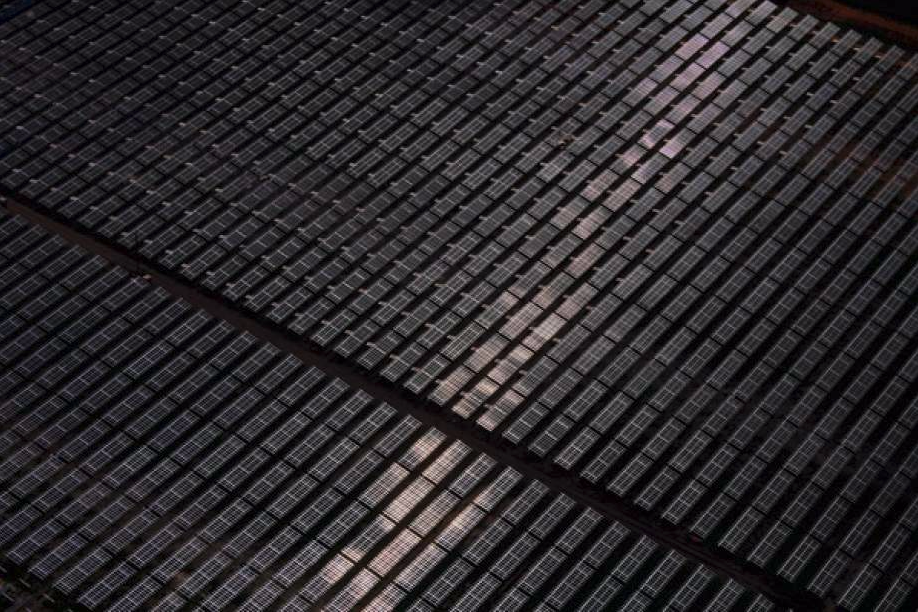

If you are looking to developing a solar farm, it can be easy to go down some wrong paths, and expensive when this results in lost time and work.
So here are a few tips that can help your project go smoothly, and hopefully be successful.
Many projects aim to go big, to maximise economies of scale and also emissions reduction. And this follows as most electricity generation plants we see are large scale.
But there are several advantages to smaller projects. Solar is very scalable, and it is not always true that bigger projects are cheaper for kilowatt. Bigger projects can see higher network connection, legal and other costs that smaller projects avoid. They also see lots of specialist workers fly in to do the project and leave after, due to time pressures of completing projects quickly.
Smaller projects can be less risky and less complex, and can appeal to a bigger pool of electricity customers (not just the big retailers) or future owners of the solar farm if you choose to sell it (ie. a bigger second hand market).
A big advantage of developing a smaller project is once you have completed the first one, you can take those learnings for the next one and do it even better. Numerous small projects can provide steady work for staff, local trades people and economic development for the community.
It is important to go into a solar project development with eyes wide upon about network charges. It doesn’t matter if your energy comes from next door or 1,000 km’s away, you still pay the full network charge for using the grid. Renewable electricity from a solar farm near a town is not necessarily sold or supplied to the businesses and households in that town.
Any electricity that is generated and supplied into the grid attracts the full network charge. Network charges are called Distribution-Use-Of-System (DUOS) and Transmission-Use-Of-System (TUOS) charges, or together, Network-Use-of-System (NUOS) charges.
What this means is solar power being delivered via the local grid has to compete with the wholesale (or spot) price of electricity for the whole state. It receives no extra revenue for being local and being sold to or used by local customers. Well, there are some small opportunities to do this, but expect to be competing with the wholesale electricity price (4–8 c/kWh) rather than the retail price (15–35 c/kWh).
You can try and lobby for better outcomes or find innovative solutions, and many have, but it can be a long path.
Many solar projects make the mistake of finding a piece of land first, then trying to develop the project. Locating the solar farm by considering where the local electricity grid infrastructure is can save you hundreds of thousands of dollars, lots of arguments with the local network owner and lots of time. Don’t lock in a location prior to doing due diligence on where you will connect to the grid.
Very early you should be gearing your project around who will be the customer. We have over 5,000 MWs (or even more) of renewable energy projects that are ‘shovel ready’ have received local development approval, but are awaiting to find a customer before they can reach financial close and be built.
Many of these developers have had their head down doing the design, optimisation and planning applications for their projects, but have not done the hard work on finding who the customer will be. Conversations with potential customers should occur prior to any large investment of time and money in developing the project.
And finally: Solar farms are more than an engineering or sustainability project. They are a new business that will need investment, counter-parties, exit strategies, revenues, contracts and all the elements of a new business. Have it set up like it as an asset or business, that potentially one day could be sold, to ensure it has the right foundations and legal structure.
Find experts that can help you assess who are likely customers for your solar farm, and study the local electricity network to see what can go where. Be realistic about the revenue from electricity sales, and assess feasibility prior to investing in land options and purchasing and other time and cost heavy tasks.
Prioritise getting your first project built and operating possible of a smaller scale, then improving for your next one, rather than trying to achieve all your goals with your first solar farm.